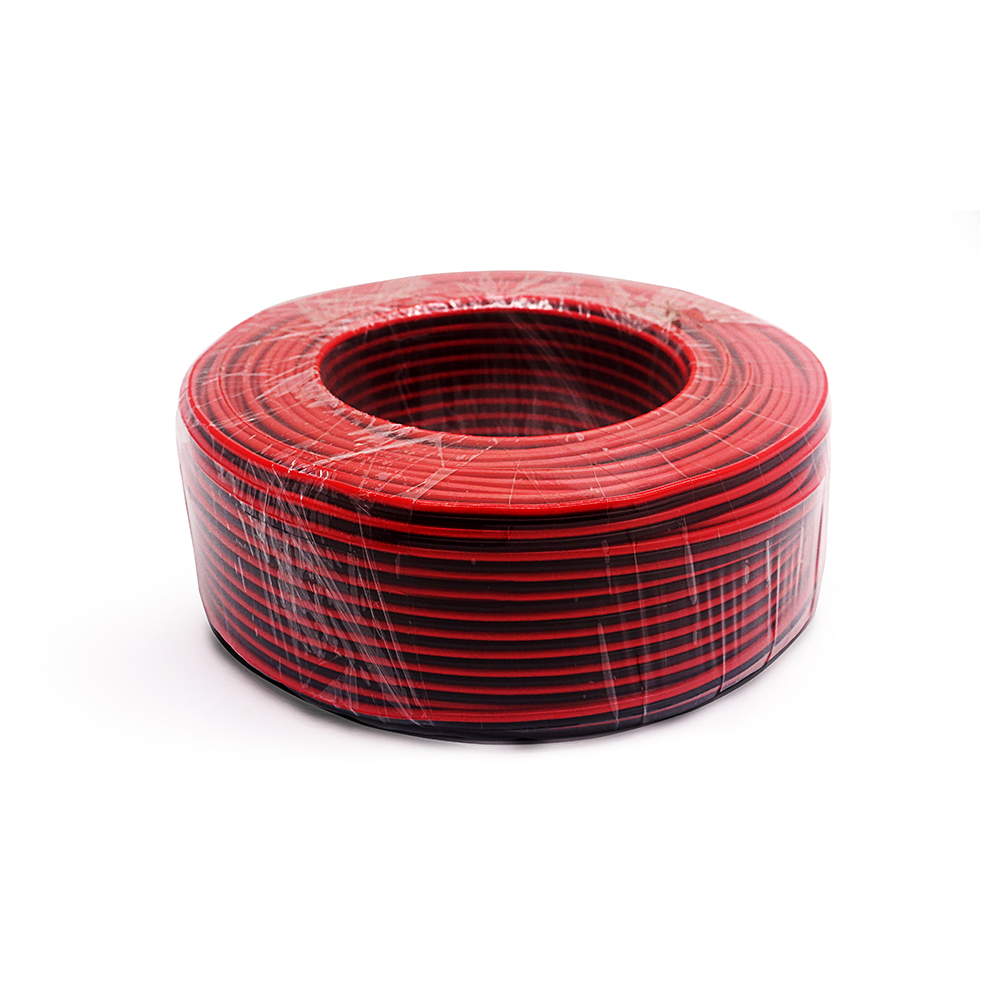 Author: Joey Wan
Author: Joey Wan  August 05,2022
August 05,2022
Solar cable —Resistance to mechanical loads
In fact, during installation and maintenance, the solar cables can be routed on the sharp edges of the roof structure, while the cables are subjected to pressure, bending, tension, cross tensile loads and strong shocks. If the solar cable jacket is not strong enough, the cable insulation will be severely damaged, affecting the service life of the entire cable, or causing problems such as short circuits, fire and personal injury hazards.
Radiation cross-linked material with high mechanical strength. The cross-linking process changes the chemical structure of the polymer, the fusible thermoplastic material is converted into a non-fusible elastomeric material, and the cross-linking radiation significantly improves the thermal, mechanical and chemical properties of the cable insulation.
As the world's largest solar market, Germany has encountered all the problems associated with cable selection. Today in Germany, more than 50% of the equipment uses JZD cables dedicated to solar applications.

Contrast difference
The characteristics of photovoltaic cables are determined by the special insulating materials and sheathing materials for cables, which we call cross-linked PE. After being irradiated by an irradiation accelerator, the molecular structure of the cable material will change, thereby providing its performance in all aspects. . Resistance to mechanical loads In fact, during installation and maintenance, cables can be routed on sharp edges of roof structures, while cables are subject to pressure, bending, tension, cross tensile loads and strong shocks. If the cable jacket is not strong enough, the cable insulation will be severely damaged, affecting the service life of the entire cable, or causing problems such as short circuits, fire and personal injury hazards.
